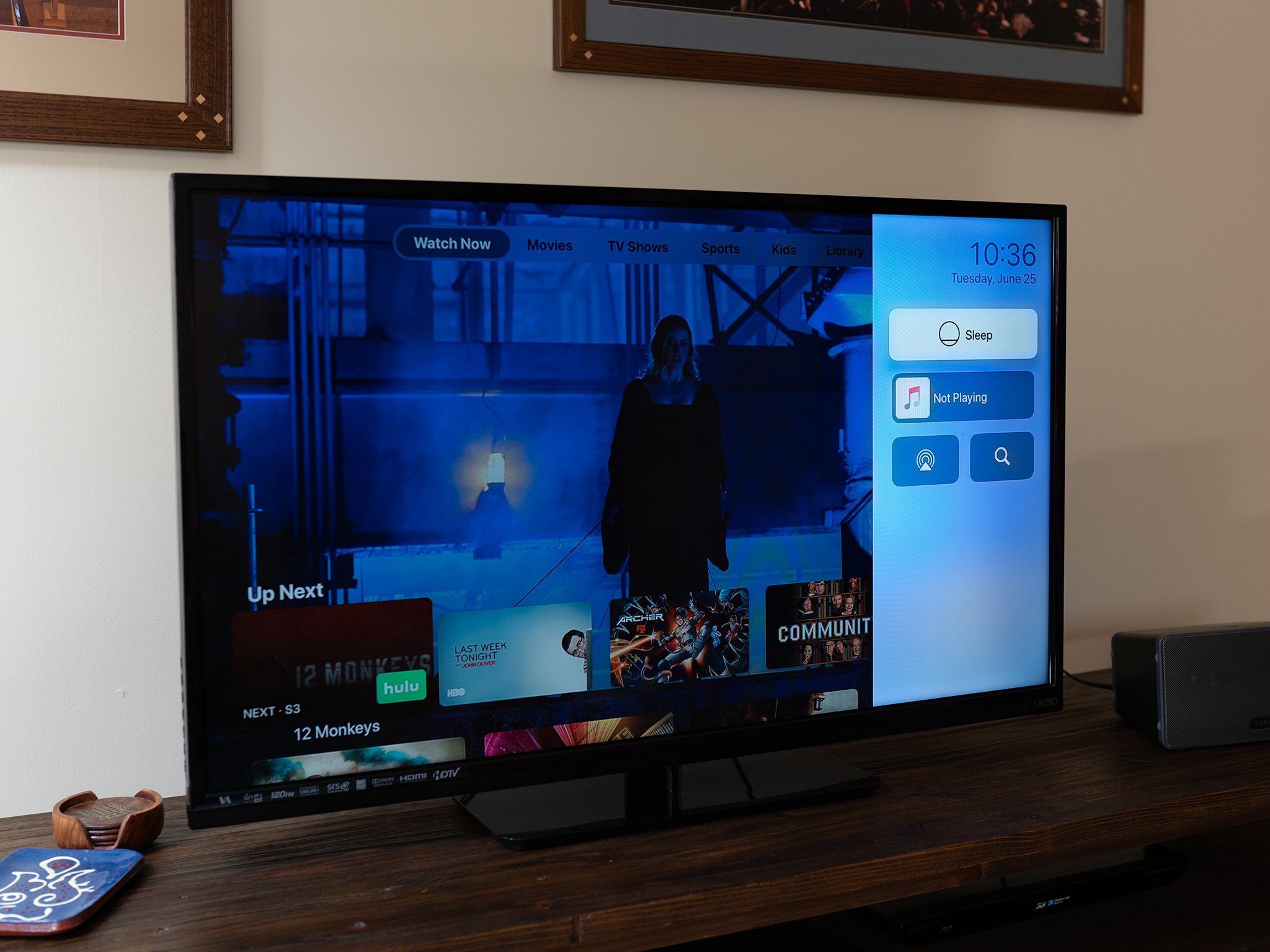Media releases, information for representatives of the media Media Relations (E)


Until now, it was thought that multiple brain areas were needed to control sleep and wakefulness. Neuroscientists from Bern have now identified one single control center for the sleep-wake cycle in the brain. The findings are of great importance for finding new sleep therapies.
Research Highlights Novel mechanism of sleep-wake control. PI/Investigator: Nebojsa Kezunovic, graduate student; E. Garcia-Rill, COBRE PI. Institution: Center for Translational Neuroscience (COBRE), Department of Neurobiology and Developmental Sciences, University of Arkansas for Medical Sciences, Little Rock, AR Background: When we are awake with our eyes closed, electrodes on the scalp. The Stony Brook Medicine Sleep Disorders Center was named to Sleep Review's Best of 2013 Sleep Doctors and Facilities list. The center is the only New York facility named to the list compiled by the national professional journal for sleep specialists and was chosen based on the recommendation of a national panel of leading sleep professionals. The pons is the other respiratory center and is located underneath the medulla. Its main function is to control the rate or speed of involuntary respiration. It has two main functional regions that perform this role: The apneustic center sends signals for inspiration for long and deep breaths.
Every night we spend several hours asleep and every morning we awaken to go about our lives. How brain circuits control this sleep-wake cycle remains a mystery. Our sleep is divided into two phases, non-rapid eye movement (NREM) sleep, and REM (or paradoxical) sleep during which most of our dreaming occurs. Important brain circuits have been identified using both experimental and clinical evidence, yet the precise underlying mechanisms, such as the onset, maintenance and termination of sleep and dreaming, is not well understood.
When we fall asleep, the electroencephalogram (EEG) reveals that our brains generate rhythmic oscillations called 'slow waves'. These waves are important for keeping us asleep and for recovering after a full day of mental and physical activity. Common hypotheses hold that these slow waves are produced in the cerebral cortex, the upper part of the brain just below the surface of the skull. In contrast, wakefulness was thought to arise from the activity of 'wake centers' located in the lower part of the brain including the brainstem that directly activates the neocortex, which is the part of the mammalian brain involved in higher-order brain functions such as sensory perception, cognition and generation of motor commands.
For Windows 7, click the Startbutton, click Control Panel, click System and Security, and then click Power Options. Do one of the following: If you’re using a desktop, tablet, or laptop, select Choose what the power buttons do. Next to When I press the power button, select Sleep, and then select Save changes. SleepWELL™ VIP Hotline – Members have access to an exclusive VIP Hotline, with 24-hour on-call Sleep Central staff available to assist you. Membership Privileges – Patients enrolled in the SleepWELL™ VIP Program receive extra benefits, including preferred clinic appointments and preferred service from any of our locations nationwide.
In an important new study, neuroscientists at the Department of BioMedical Research (DBMR) at the University of Bern and the Department of Neurology at Inselspital, Bern University Hospital, found that neurons in the thalamus, a central hub of the brain, control sleep as well as wakefulness. The thalamus is connected to almost all other brain areas and supports important brain functions including attention, sensory perception, cognition and consciousness.
Control Sleep Windows
Switching sleep on and off
Brain Sleep Control Center
The researchers headed by Prof. Dr. Antoine Adamantidis discovered that a small population of these thalamic neurons have a dual control over sleep and wakefulness, by generating sleep slow waves but also waking up from sleep, depending on their electrical activity. The research group used a technique called optogenetics, with which they used light pulses to precisely control the activity of thalamic neurons of mice. When they activated thalamic neurons with regular long-lasting stimuli the animals woke up, but if they activated them in a slow rhythmical manner, the mice had a deeper, more restful sleep.
This is the first time that an area of the brain has been found to have both sleep and wake promoting functions. 'Interestingly, we were also able to show that suppression of thalamic neuronal activity impaired the recovery from sleep loss, suggesting that these neurons are essential for a restful sleep after extended period of being awake', says Dr. Thomas Gent, lead author of the study. This shows that the thalamus is a key player in both sleep and wake. The study has now been published in the journal Nature Neuroscience.

Breakthrough for sleep medicine
The findings of this study are particularly important in a modern world, where the active population sleeps about 20 % less than 50 years ago and suffers from chronic sleep disturbances. People frequently work irregular hours and rarely catch up on lost sleep. Poor sleep is increasingly linked to a multitude of psychiatric diseases and weakens the immune system. 'We believe that uncovering the control mechanisms of thalamic neurons during sleep and wake will be key to finding new sleep therapies in an increasingly sleep deprived society', says Prof. Antoine Adamantidis.
Publication details:Thomas Gent, Mojtaba Bandarabadi, Carolina Gutierrez Herrera, and Antoine Adamantidis: Thalamic control of sleep and wakefulness. Nature Neuroscience. In Press. doi:10.1038/s41593-018-0164-7 |
2018/06/11
Contact
Prof. Dr. Antoine Adamantidis
Department of BioMedical Research (DBMR), University of Bern, Neurology group, and Department of Neurology, Inselspital, Bern University Hospital
Local Sleep Apnea Centers
- Phone
- +41 31 632 55 93
- E-Mail-Address
- antoine.adamantidis@dbmr.unibe.ch
Control Sleep Time
Further information
